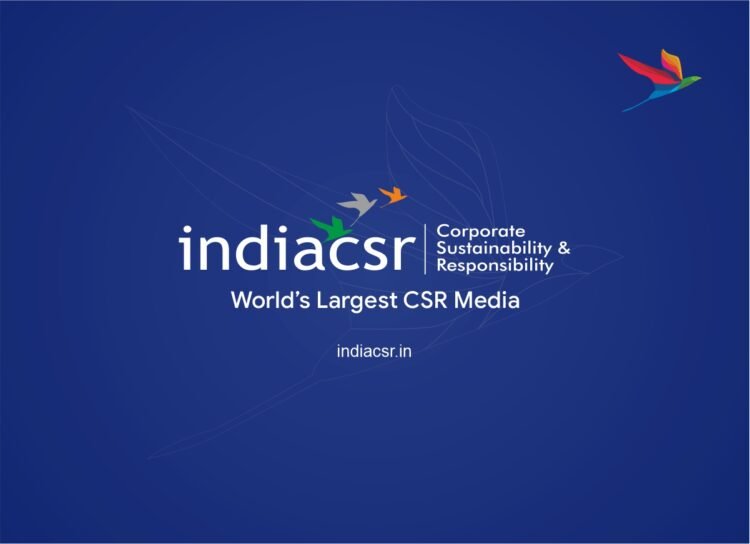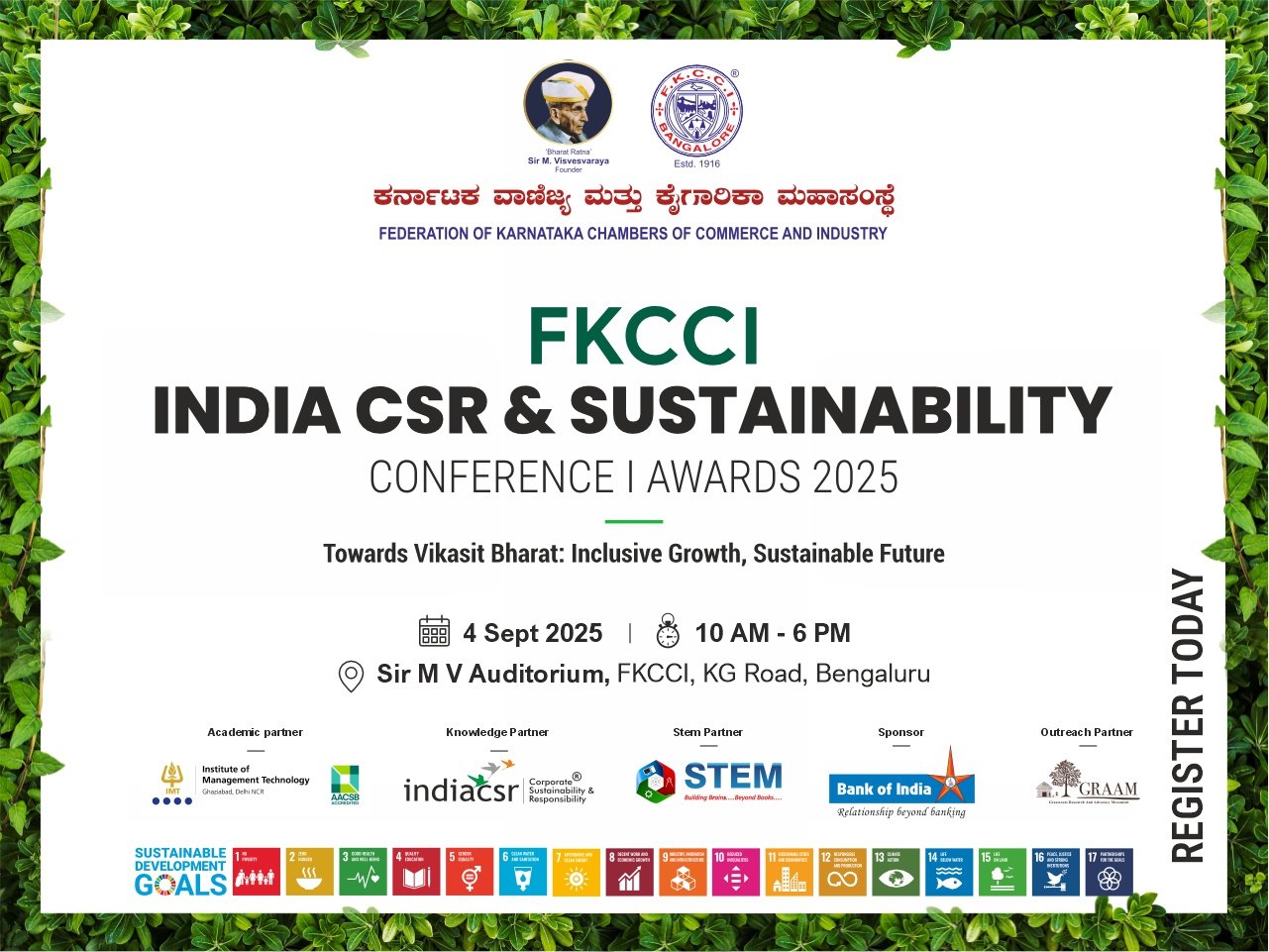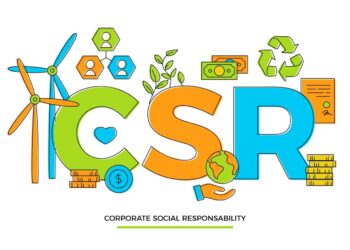By Parag Agarwal
Water is a simple natural commodity that has unprecedented impact on any nation’s economy.While on one hand It permeates all aspects of life on Earth, it remains most taken for granted by people of the world. It is impossible to holistically assess the role of safe water in the sustenance and growth of mankind hence people often fail to understand the correlation between safe water and economic development. This remains the principal reason why the planet is facing an acute water stress across continents.
The Economic Impact of Safe Water
To understand the real value and impact of safe water, it is essential to understand the various functions it serves at different levels of the economic structure. The most fundamental way in which safe water affects the economy is through its use in domestic chores. It is needed for drinking, bathing, washing, cleaning and sanitation activities. Nearly 76 million people in India do not have access to safe drinking water. Time incurred by households to get access to drinking water ranges between 15 minutes and 6 hours per day. 88% of illnesses worldwide are attributed to contaminated water. The time, effort and funds spent on “crisis-management” due to unavailability of water adversely affects the productive capabilities of the nation. Healthy economies are essentially the products of the psychological welfare of the masses.
At the primary level, agriculture is largely dependent on water for irrigation purposes. About 70% of India’s population is still engaged in agricultural activities and about 16% of our GDP comes from agriculture.Acute shortage of safe water often forces the farmers to use sewer water for irrigation which ultimately leads to stunted productionand toxic food products. Even at the secondary level, various industries like textile and glass need clean water to operate their plants. In the current times, water footprint has become as critical a factor in any and every industry as was carbon footprint in the 90s and early 2000.
Agriculture is the backbone of the Indian economy. Presently India is treating only 30% of its sewage. Encouraging private players to set up decentralized water treatment plants in rural areas is very critical. Estimating irrigation needs for water remains a challenge. Technologies like soil sensors and drone- enabled thermal imaging have been developed to analyze the water requirement of soil and prevent excess-irrigation. IoT Sensors detect leakages in the irrigation pipes so that they can be plugged immediately. However, the need for safe water cannot be augmented by any technology whether for agriculture or for hydrating the human body.
The Role of Water in Agriculture and Industry
Safe water isn’t just associated with drinking water. It also refers to water which is required for a variety of other purposes.Tourism and entertainment industry is one such industry that will fail to thrive in the absence of safe water. According to experts, the Indian amusement and theme park industry has been growing at a compounded annual growth rate of more than 17.5 percent with annual revenue of around Rs 17 billion, is estimated to grow to at least Rs 40 billion (Rs 4,000 crore) by 2020. It is not possible to generate such revenues with contaminated water that irritates your skin and burns your eyes. Also, will you travel to far of places to be by the lake that bears a foul smell and is black in colour?
Government Initiatives and Corporate Responsibility
It is vital to understand that all recreational and economically productive activities hinge upon the basic necessities of life of which water is an inevitable part. It is fundamental to human existence. During the past 4 years, the Government of India has made a concerted effort in collaboration with private sector companies to make safe water available, accessible and affordable for citizens and households. One significant step in this direction was the installation of water ATMs. There are similar projects that have now been undertaken by various municipal corporations, local administrative bodies and under the Smart City initiative at all Tier 1, 2 and 3 cities.
Government agencies and corporates need to realize the business risks arising out of water-scarcity or its shortage. There is a dire need to re-engineer processes, invest in water optimization technologies and conduct regular water audits within their operations. Another urgent requirement is the setting up of Effluent Treatment plants and reuse the grey water produced out of industrial processes. Amount of water to be used at different levels of the supply chain must be standardized. Only a few brands across the globe such as Levis, Coca-Cola and Nike have developed waterless processes and sustainable products while several others are working towards the same.
Addressing the Global Water Crisis
Safe water crisis is looming large over the globe. According to experts, there will acute water stress by 2050. The sole way to continue to survive is to develop sustainable practices. We can’t afford to be irresponsible and careless any longer. Our economies cannot stand and thrive in absence of water. It is the fuel to all economic growth and lies at the very core of our existence. Safe water can boost the GDP of the nation by upto 6%. The administration needs to affix a price tag to water thereby making people sensitive towards its usage.
About the author
Parag Agarwal is the Founder & CMD of JanaJal
You may also like:
- Indian Rupee is this new dollar at these 7-holiday destinations
- Arun Misra – New Chairman of CII Rajasthan; Sanjay Agarwal takes over as Vice Chairman
- Still struggling, CSR after 5 years of the mandate
- How digital education can bring about a transformation in rural India
- Technology: The managing arm of your CSR






















